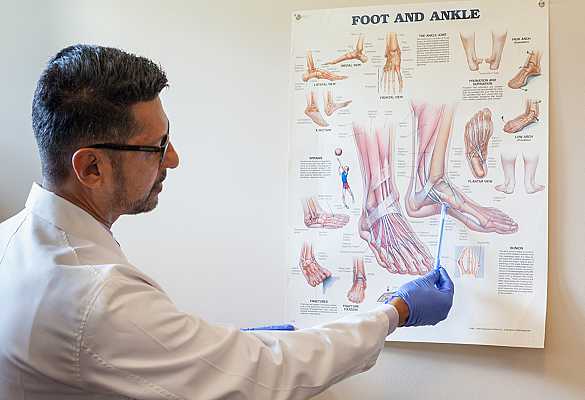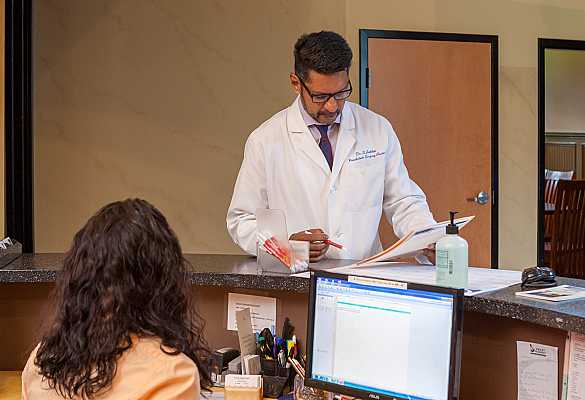Common Conditions
A healthy body is designed to heal from even large or severe wounds. Still, it’s important to seek medical care for these injuries as they typically provide a higher risk for infection. It’s especially important to do this for podiatric wounds. Lower extremities receive less blood flow than other areas of the body, and may heal more slowly as a result. Foot and ankle wounds are also more prone to infection than other wounds because of their proximity to dirt and debris from the ground. Here are some foot and ankle wounds that we often treat:
Diabetic Wounds or Ulcers
Diabetic ulcers are usually the combined result of poor circulation and neuropathy, and are responsible for more than 60% of lower extremity amputations.
Burns
Approximately 5% of scald injuries reported annually are scalds to the lower extremities. Most lower extremity burns occur on the ankles of the top of the foot, where the skin is thinner and the tendons are much closer to the surface.
Lacerations
Skin lacerations on the foot or ankle are prone to infection if contaminated with debris. These wounds also place tendons and ligaments at risk, as they are closer to the skin in these areas.
Postoperative Infections
A surgical incision on your foot or ankle that becomes infected always warrants a follow-up visit. Infected incisions are often painful, and become more painful in the days following a procedure. They may also become red, feel warm to the touch, and leak pus or unusual fluid.



